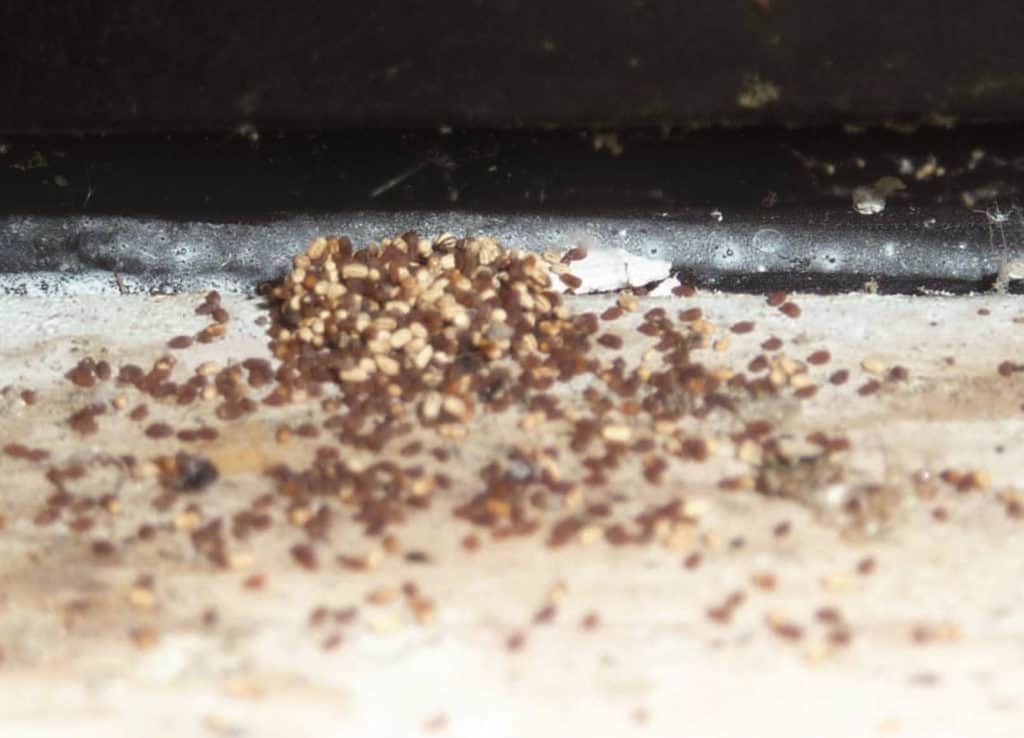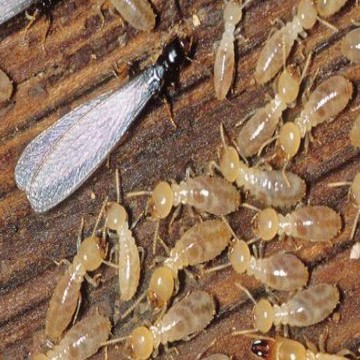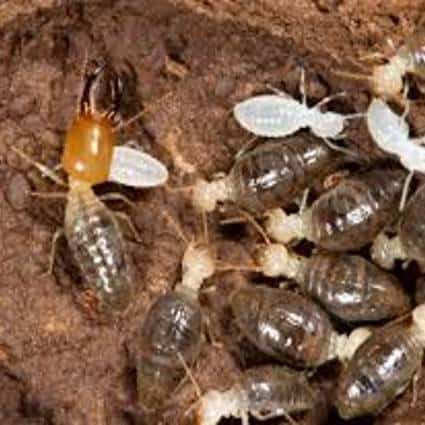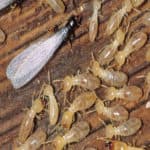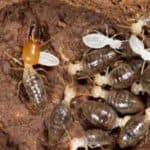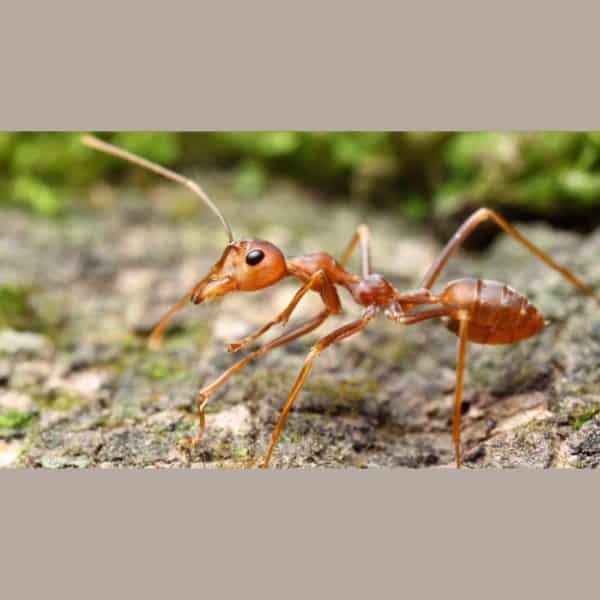Termites
Termites are soil or wood inhabiting eusocial insects which generally have soft, white bodies and secretive habits. They are small in size (4-11 mm) and have three distinct body parts namely, the head, thorax and abdomen. They are sometimes called “white ants” and are often found in damp, rotting wood.
Termites are insects from the order Isoptera. The name being derived from their having equally sized wings, iso=equal and pteron=wing. The wings, when present, are long, slender, in two pairs and of similar size and shape. These are usually shed following a short nuptial flight after which males and females pair up to start a new colony.
All termites are cellulose eaters which mean they consume the fibers of various plants and especially trees. Their ability to break down cellulose stems from protozoa in their intestines. Termites have a deserved reputation for destructiveness to homes and buildings with wooden foundations.
| Control Methods |
Anti-termite Mesh ,Spraying ,Termites Bait Stations |
|---|---|
| Pest Type |
Crawling Insects |
What Is A Termite Colony?
Termites live in a nest or colony. As their name implies, these colonies are typically found underground, often near a tree or stump. The colony contains three forms or castes of individuals which consists of the workers, soldiers and the reproductive termites (queen and king). Each member of the termite colony performs specific roles as defined by their caste. Termite castes and job specialization are what make termites so productive and destructive.
Worker termites lack eyes and wings. They are white to grayish-white with a round, yellow-brown head and about 1/4 to 3/8 inch long. Their main function is to maintain the nest and forage for cellulose-based foods that they provide to the rest of the colony. Their foraging and feeding activities are what result in damage to structural wood.
If a human goes poking around a termite colony, the very first termites to be encountered are the Soldier termites. Soldier termites are wingless and resemble workers except that they have large, rectangular, yellowish and brown heads with large mandibles (jaws). The sole purpose of the soldier is to defend the colony against enemies such as ants.
Reproductives come in several forms, but the most commonly are the winged, primary reproductives which are called swarmers. They are usually brown-black to pale reddish-brown color and about 1/4 to 3/8 inch long, with pale or smoke-gray wings. They can be confused with winged ants, but there are several distinct differences between them.
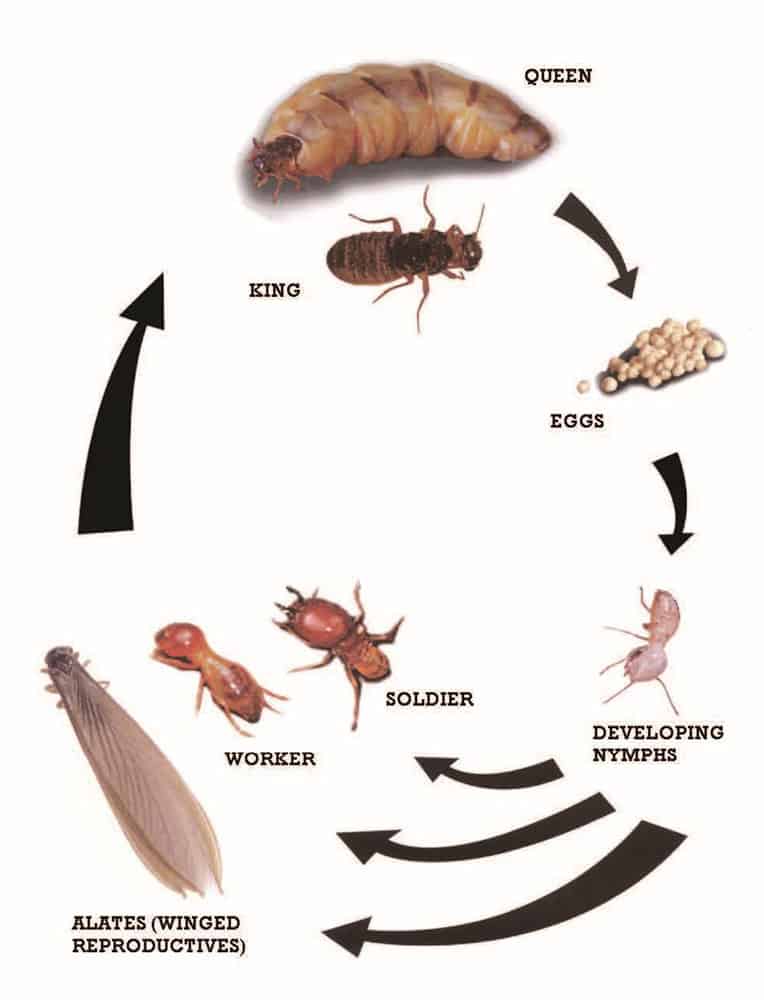
A typical termite colony will have a single pair of reproductives (a “king” and “Queen”). The main purpose of the Queen is to reproduce. A mature queen can lay up to 20,000 to 30,000 eggs per day and the workers tend these eggs during their two-week incubation period.
The King fertilizes the Queen at intervals. The king is usually located in the royal chamber of the colony near the queen and can be distinguished by smaller mandibles and a darker shading across the abdomen, thorax and head.
The King and Queen remain in the nest and are fed by worker termites. Studies have shown that reproductive pairs can live 15-25 years.
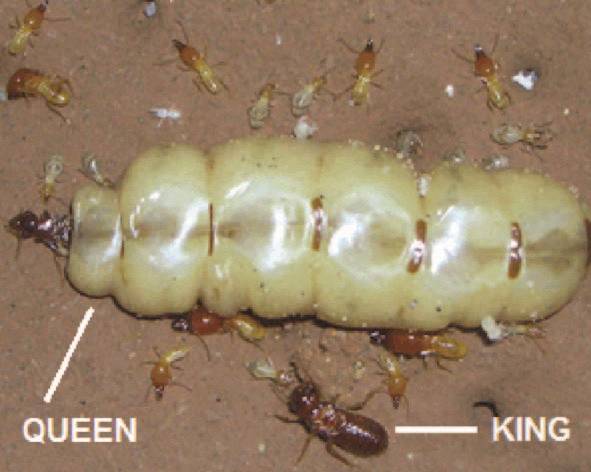
What Is The Difference Between Termites & Ants?
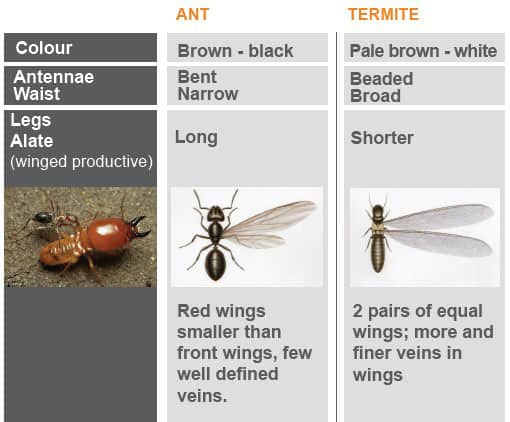
What Are The Warning Signs of Termite Infestation?
Termite damage is hard to detect because termites will eat and destroy wood from the inside out. However, there are some very distinctive signs of termite damage.
Termite swarmers – can come through cracks on concrete walls and floors. If a termite swarm happens inside the building, this is a sign that the building has termite problems.
Termite Mud Tubes – Usually you will find these termite tubes running from the ground over a foundation to get to the wood part of a building. The tubes shelter the termites from an open environment that could dry out their bodies and protect the termites as they go back and forth from their colony to the food source.
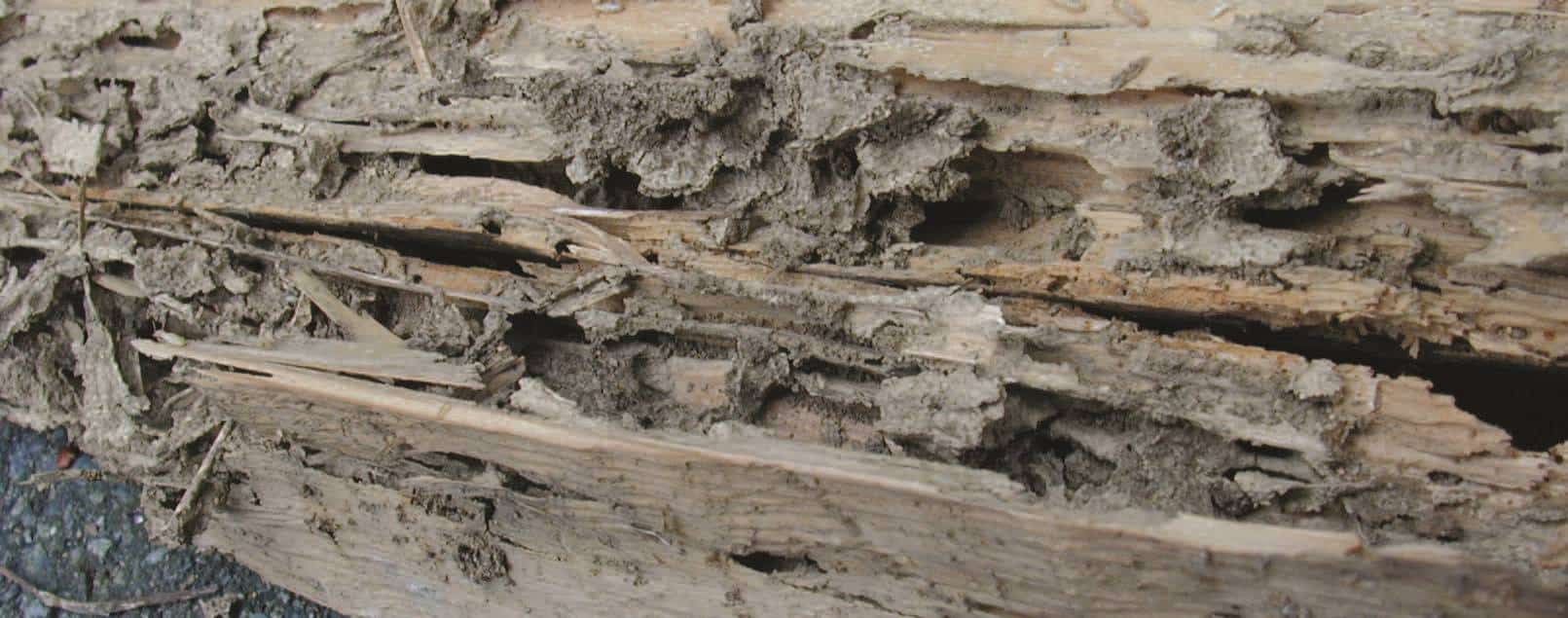
Termite Pellets – These are little balls of termite wastes. Subterranean termites are widespread in most warmer countries, causing substantial structural damage in urban areas. Subterranean termites occur in large colonies that live underground and feed on available wood and cellulose materials. They can enter a structure by tunneling through wood or by building mud leads over or through cracks in foundation walls.
